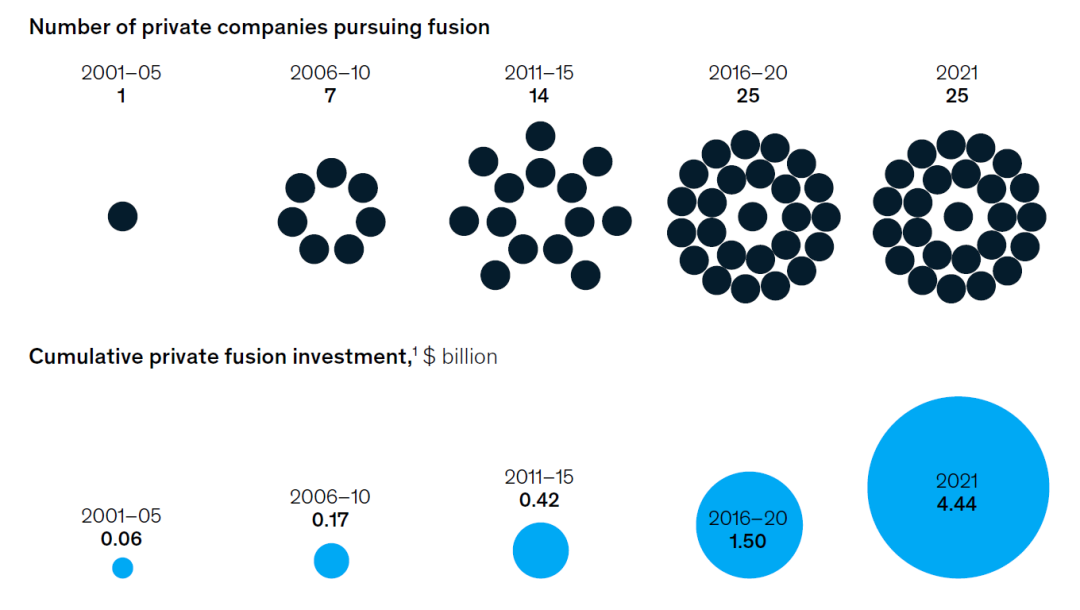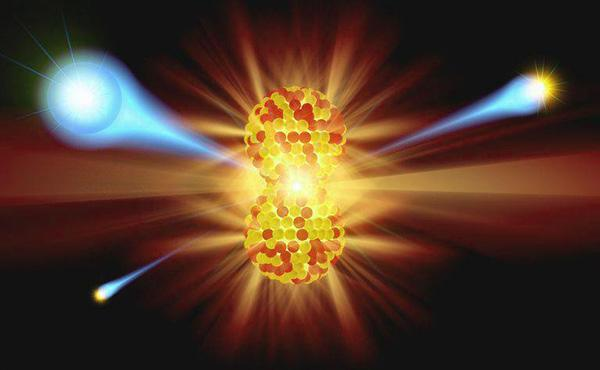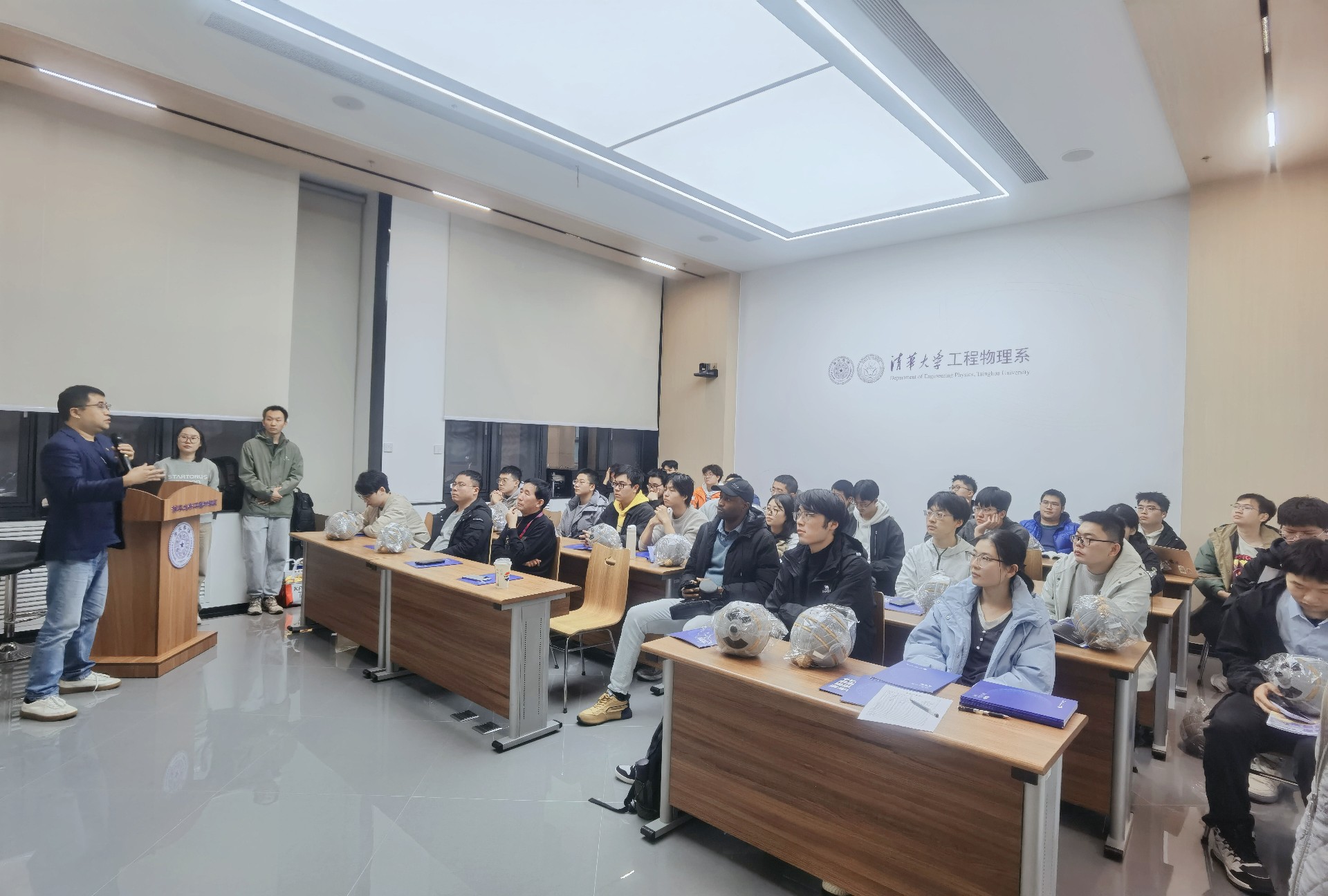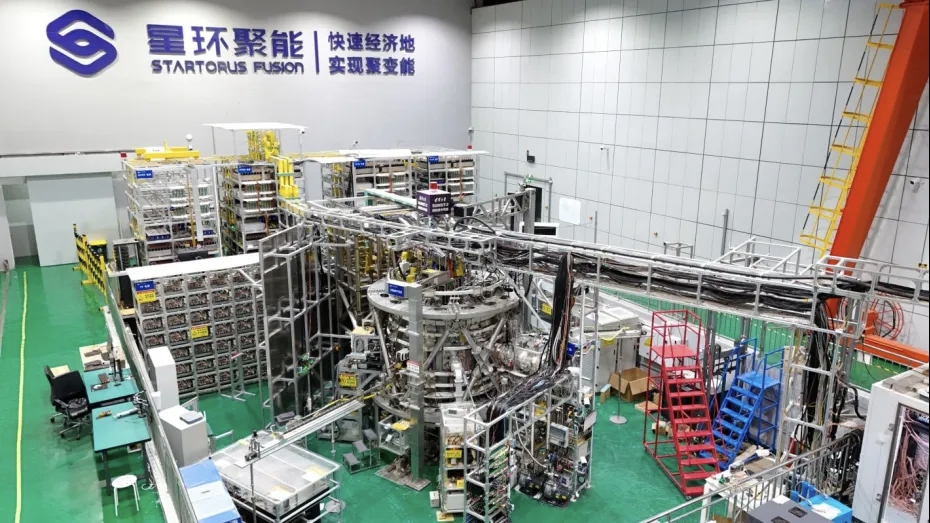According to a recent report released by McKinsey, global power consumption is projected to triple by 2050. With such an increase, what actions might we take to achieve our target of cutting carbon emissions to zero? The answer lies in fusion energy, a key candidate for a zero-carbon power grid.
McKinsey’s Research Report
For us to achieve net zero by 2050, it is necessary that current electricity and new electricity added to the grid produce no emissions.
Renewable energy from wind and solar is currently the most cost-efficient form of new zero-carbon electrical generation. Compared with fusion energy, however, they are inconsistent and non-dispatchable and must be used in tandem with other energies.
Therefore, dispatchable energy sources are the most valuable in a decarbonized grid, among which stands fusion energy, yet we are not technologically prepared to build fusion power stations right now. Current fusion reactors cannot yield power from fusion reactions in an efficient manner, because it is difficult to prevent energy from leaking out.

A Potential Turning Point of Fusion Energy
Why does McKinsey believe fusion energy is potentially at a turning point, given that the above problems still hinder fusion from generating electricity? Three key factors enter the equation:
1. The development of enabling technologies has allowed fusion to break new barriers.
For example, 3-D printing allows the complex geometrical shapes of parts required for the walls of fusion machines to be produced at low cost and designs to be iterated quickly. Rapidly increasing computer capacity has made it possible for simulation codes to represent fusion reactions in greater detail, so predictions about performance can be made without the expense of building large experiments. Such technological advances are rapidly upgrading fusion and technological breakthroughs in the field are around the corner.
2. There has been a sea change in the orientation of fusion research programs.
Most fusion research used to occur in science-oriented, publicly funded labs. Now there is a new wave of privately backed programs working toward commercial viability. Numerous privately funded start-ups now hope to operate commercial fusion machines before the end of the 2020s.

3. Investment in private fusion funding has greatly accelerated.
Private investment in fusion energy has surged over the past 20 years. There are many examples, such as Eni’s and Equinor’s investments in Commonwealth Fusion Systems; seed investments by ultra-high-net-worth individuals, such as Sam Altman’s investment in Helion Energy; and government investments, such as the participation of the UK Innovation & Science Seed Fund in Tokamak Energy’s investment.
Fusion Technologies at a Critical Development Juncture

The next five to ten years are a weighty period for the development of fusion energy. We will be much more confident in commercializing fusion power should we achieve the following key technological advances.
1. Demonstration of the core temperature and pressure conditions required for the fusion energy produced to exceed the heating energy injected into the reaction. The temperatures required to produce energy from a fusion reaction are on the order of 50 million degrees Celsius. The hotter the core of a fusion machine can get, and the more pressure it can withstand without leaking energy, the more net energy it can produce.
2. Confirmation of component-level performance of various fusion concepts. These components include powerful high-temperature superconducting magnets (achieved by Commonwealth Fusion Systems in 2021), plasma injectors (such as the P13 injector demonstrated by General Fusion in 2017), radio frequency heating systems, and new wall materials that can survive the intense heat of a fusion machine’s interior. Successful tests of these major components would mean that operational prototype plants could be functioning by the decade’s end.
3. Demonstration of fusion in conditions relevant for power plants and validation of the economics. By 2026, we would expect to see at least one player integrating all major subsystems into a functioning prototype that can validate system-level performance and economics.
The report also points out that for fusion to play a major role in decarbonization before 2050, other key elements will also need to be in place within the next ten years: a regulatory framework for licensing fusion power plants, the beginning of a scaled global supply chain and workforce for fusion energy, and the first commercial power plants with traditional project finance.





